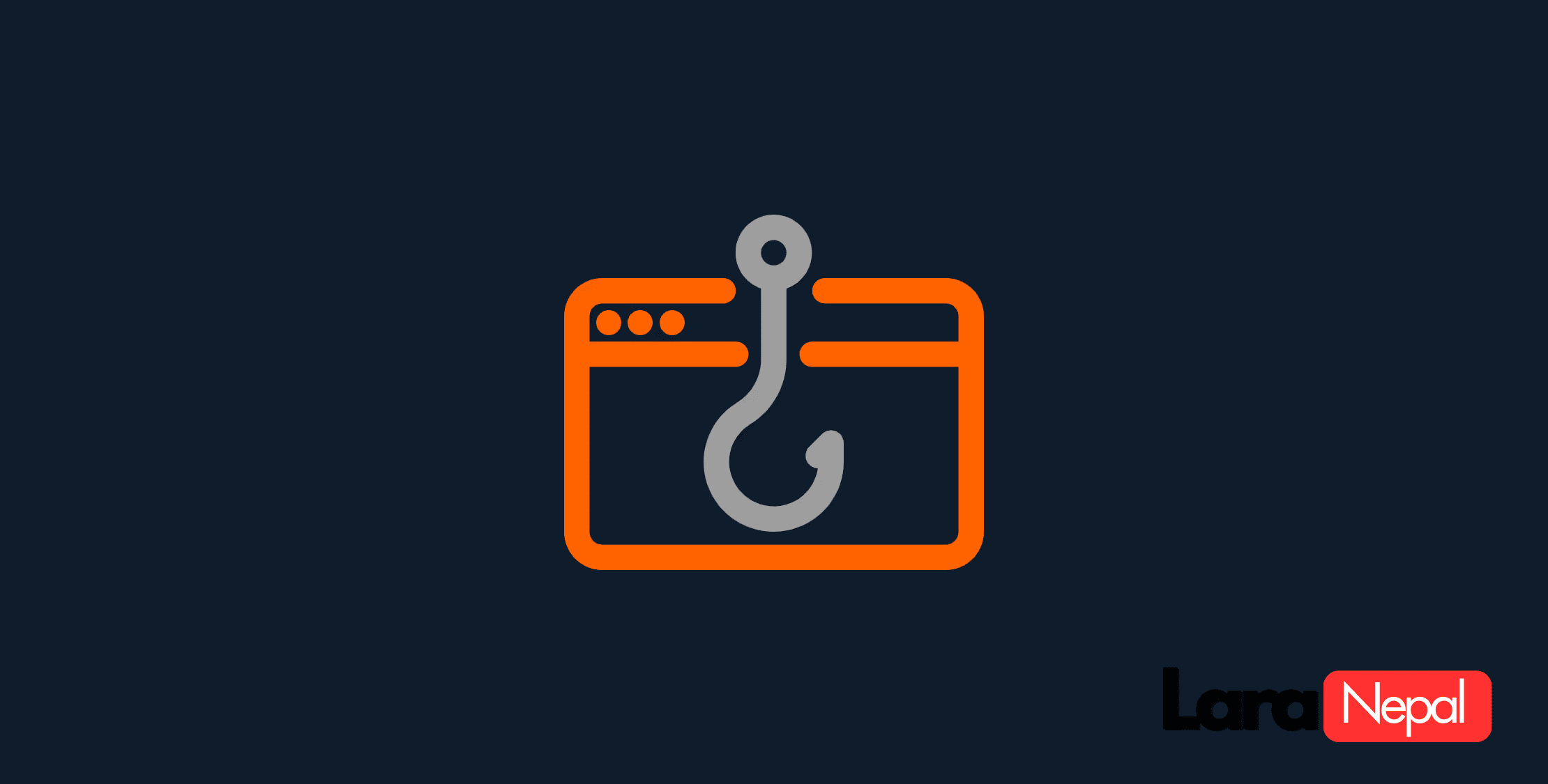Laravel Webhook Integration: Tips For Handling Errors And Retries
Published on February 28, 2025 by Dinesh Uprety

Implementing Webhooks in Laravel: A Comprehensive Guide
Webhooks are a powerful way to extend the functionality of your application by enabling third-party integrations to
subscribe to specific events. When these events occur, your application sends an HTTP POST request to a URL
configured
by the integration. In this article, we’ll explore how to implement webhooks in Laravel, handle errors, configure job
retries, and manage job failures effectively.
What Are Webhooks?
Webhooks are user-defined HTTP callbacks triggered by specific events in an application. They allow real-time communication between systems, enabling third-party services to react to changes or updates instantly. For example, when a new user signs up, a webhook can notify a CRM system to create a contact record.
In Laravel, webhooks can be implemented using queues and jobs to ensure reliability and scalability.
Dispatching Webhooks in Laravel
To send a webhook, you can dispatch a job that handles the HTTP request. Here’s an example of dispatching a webhook job:
SendWebhook::dispatch($integration, $event);In this example, $integration contains the webhook URL, and $event contains the data to be sent.
Sending Webhook Requests
Inside the SendWebhook job, we use Laravel’s built-in HTTP client to send the request. Here’s how the job class looks:
use Illuminate\Contracts\Queue\ShouldQueue;use Illuminate\Support\Facades\Http; class SendWebhook implements ShouldQueue{ public function handle() { $response = Http::timeout(5)->post( $this->integration->url, $this->event->data ); }}Key Points:
-
Timeout Configuration: We set a 5-second timeout to prevent the job from hanging indefinitely. Always configure a reasonable timeout for HTTP requests to avoid resource exhaustion.
-
Queueable Job: The job implements
ShouldQueue, ensuring it runs asynchronously via Laravel’s queue system.
Handling Request Errors
Webhook requests can fail due to network issues, server downtime, or invalid responses. To handle these errors gracefully, we implement retries with exponential backoff.
Retrying Failed Requests
If the webhook request fails (i.e., the response status is not in the 2xx range), we release the job back to the queue with an increasing delay:
if ($response->failed()) { $this->release( now()->addMinutes(15 * $this->attempts()) );}How Exponential Backoff Works:
-
First Attempt: Retry after 15 minutes (
15 * 1). -
Second Attempt: Retry after 30 minutes (
15 * 2). -
Third Attempt: Retry after 45 minutes (
15 * 3).
This approach ensures that retries are spaced out, reducing the load on the server and increasing the chances of success.
Configuring Job Expiration
To prevent indefinite retries, we set a maximum retry period of 24 hours. Laravel provides a retryUntil method to
define the expiration time:
class SendWebhook implements ShouldQueue{ public function retryUntil() { return now()->addDay(); }}Important Notes:
-
The
retryUntilmethod is called when the job is first dispatched. The expiration time is not recalculated when the job is released back to the queue. -
By default, Laravel allows only one attempt. To enable unlimited retries within the expiration period, set the
$triesproperty to0:
public $tries = 0;Handling Job Failure
If the webhook request continues to fail for more than 24 hours, Laravel marks the job as failed. To handle this scenario, you can notify the integration’s developer via email:
use Illuminate\Support\Facades\Mail; class SendWebhook implements ShouldQueue{ public function failed(Exception $e) { Mail::to($this->integration->developer_email)->send( new WebhookFailedNotification($this->integration, $this->event) ); }}Key Points:
-
The
failedmethod is called when the job exceeds the maximum retry attempts or reaches the expiration time. -
Use this method to log errors, notify developers, or take other corrective actions.
Best Practices for Webhook Implementation
- Use Queues: Always process webhooks asynchronously using queues to avoid blocking your application.
- Set Timeouts: Configure reasonable timeouts for HTTP requests to prevent resource exhaustion.
- Implement Retries: Use exponential backoff to handle transient errors gracefully.
- Monitor Failures: Notify developers or log errors when webhook requests fail repeatedly.
- Secure Webhooks: Validate incoming webhook requests using signatures or tokens to ensure authenticity.
Conclusion
Implementing webhooks in Laravel is a straightforward process when you leverage queues, jobs, and Laravel’s HTTP client. By handling errors, configuring retries, and managing job failures effectively, you can build a robust and reliable webhook system. Whether you’re integrating with third-party services or building an API for others to use, these practices will ensure your webhooks are scalable and resilient.
By following this guide, you’ll be well-equipped to implement webhooks in your Laravel applications like a pro. Happy coding 🇳🇵